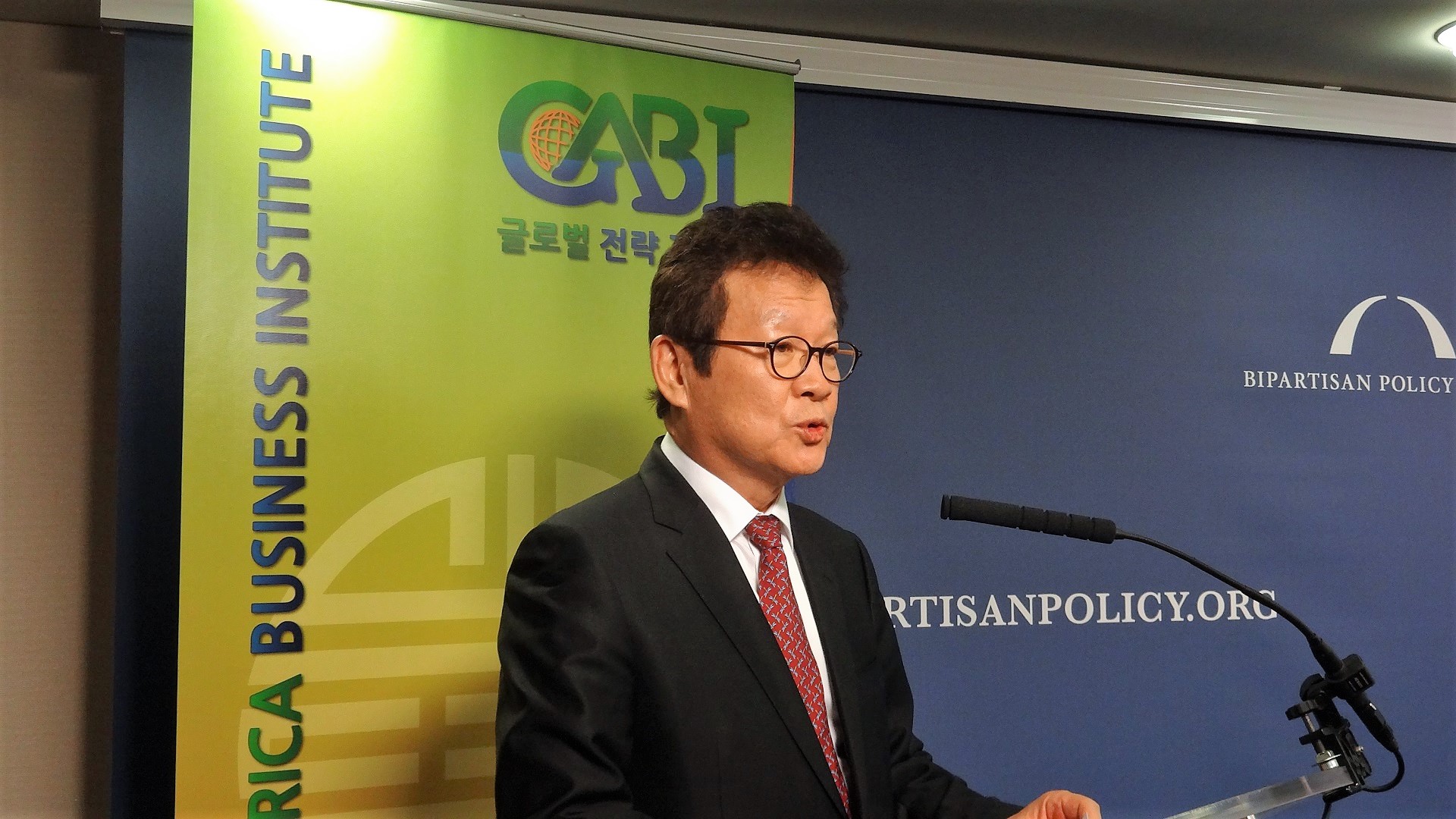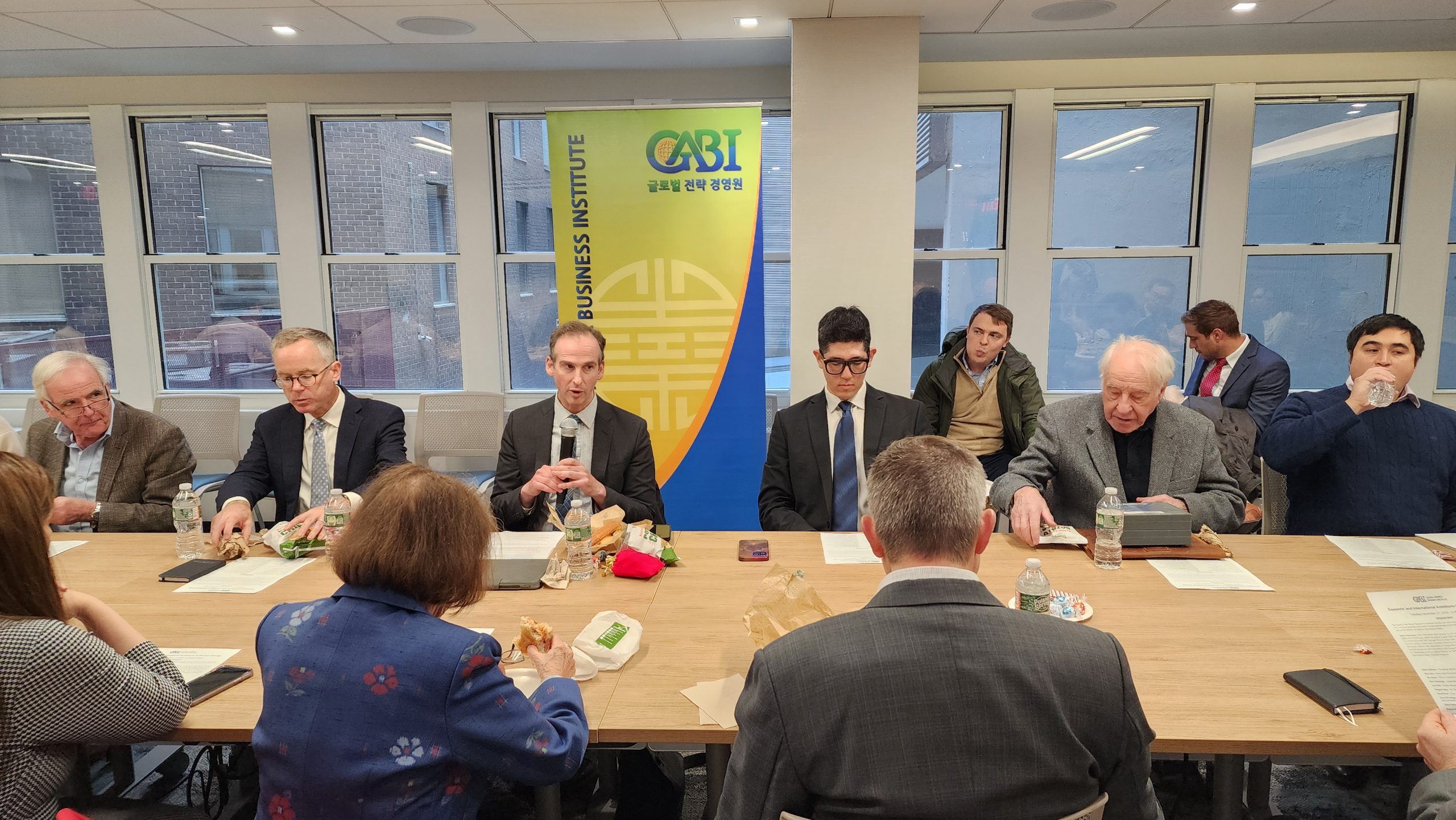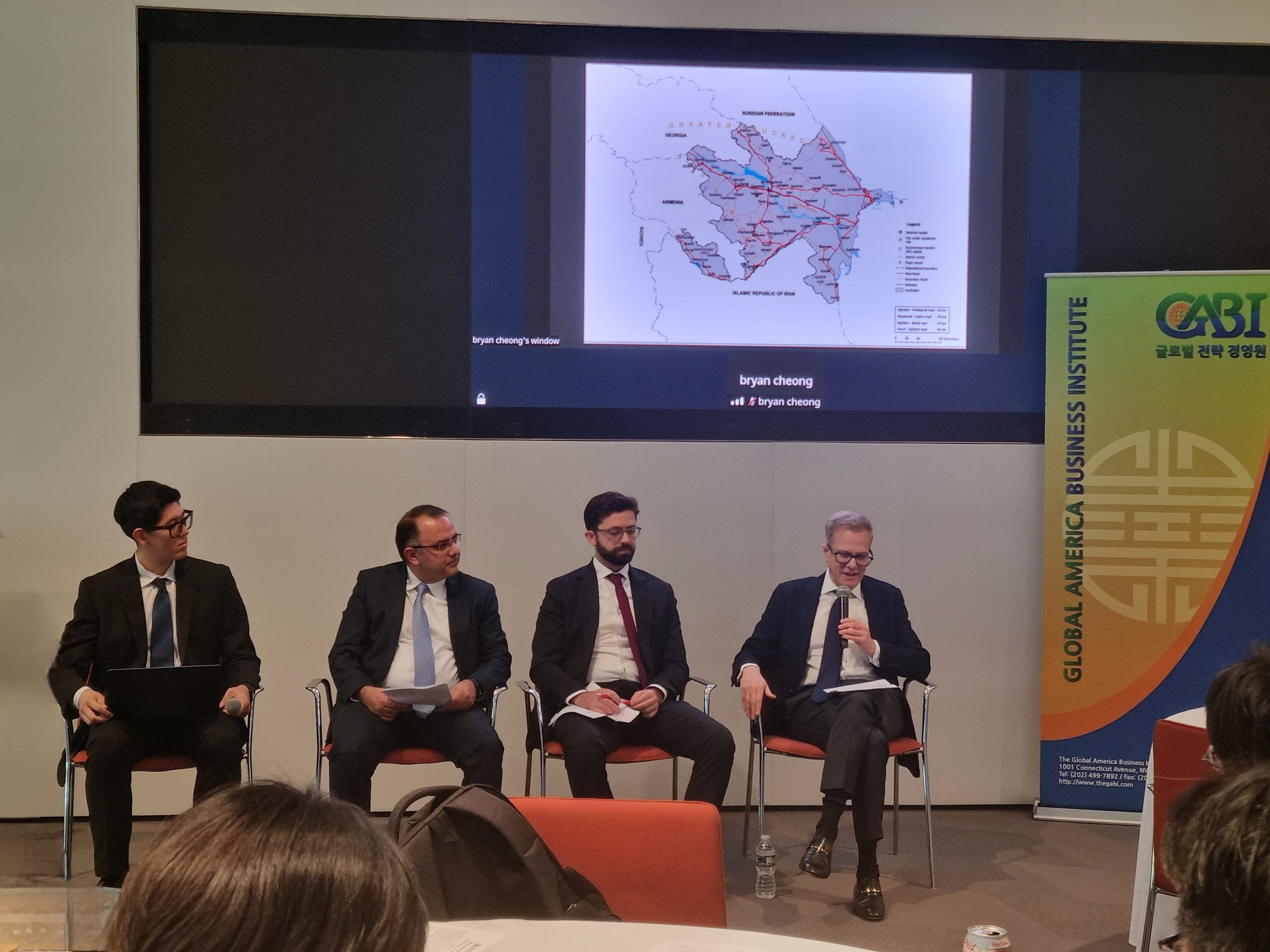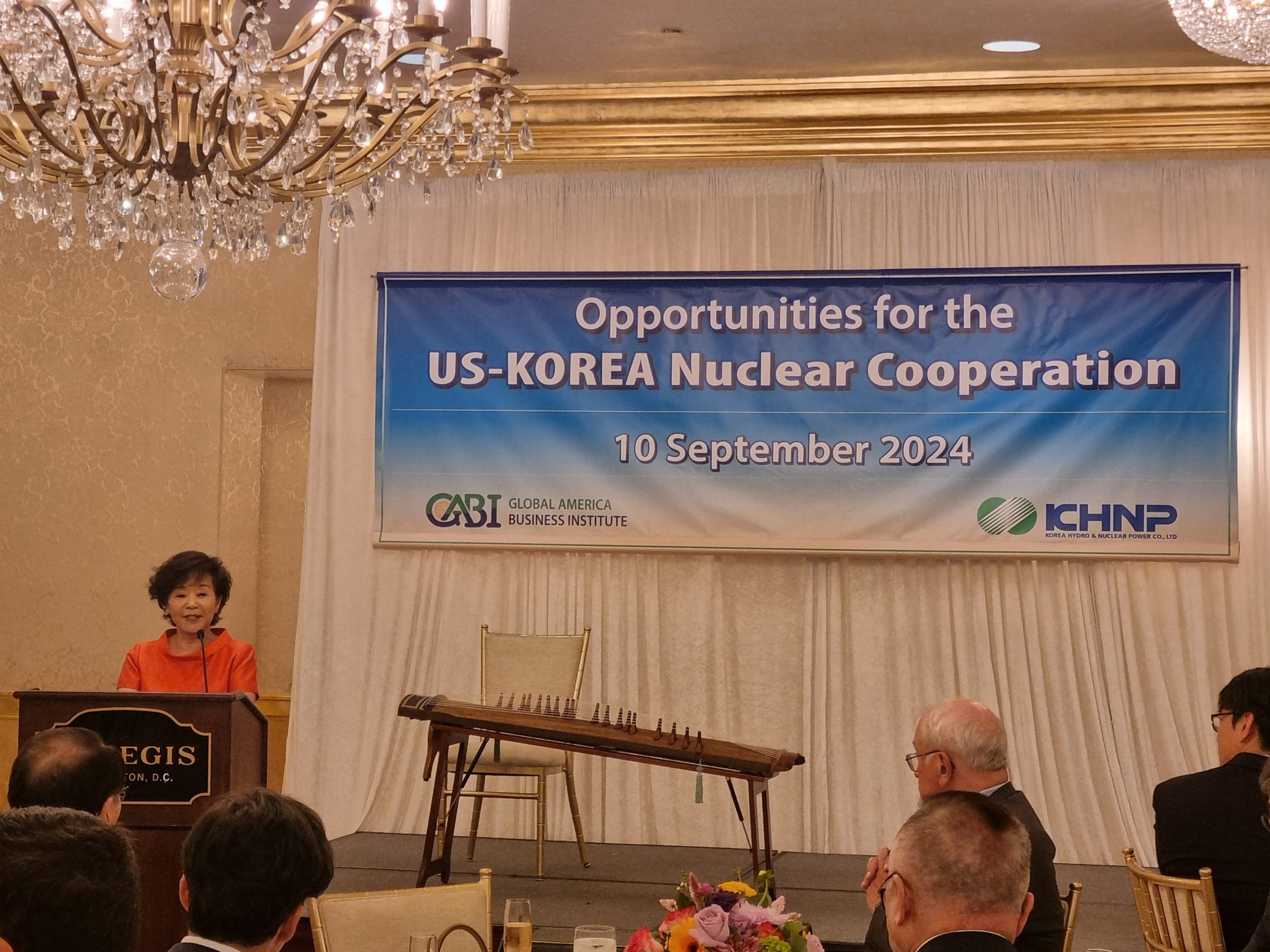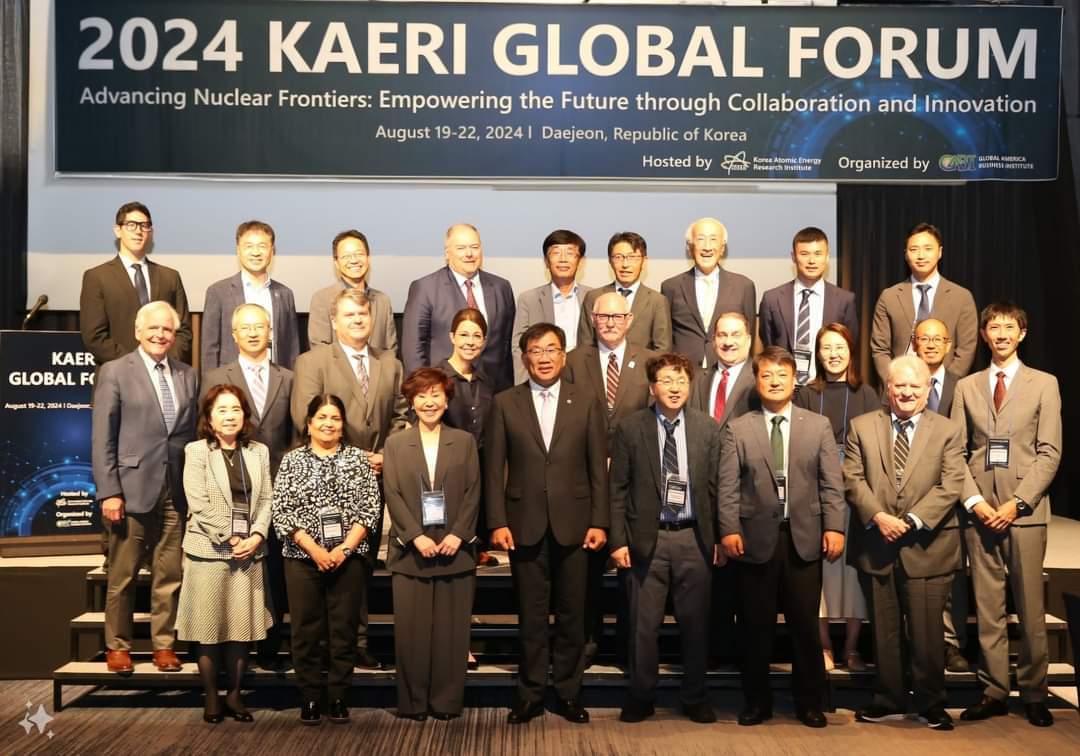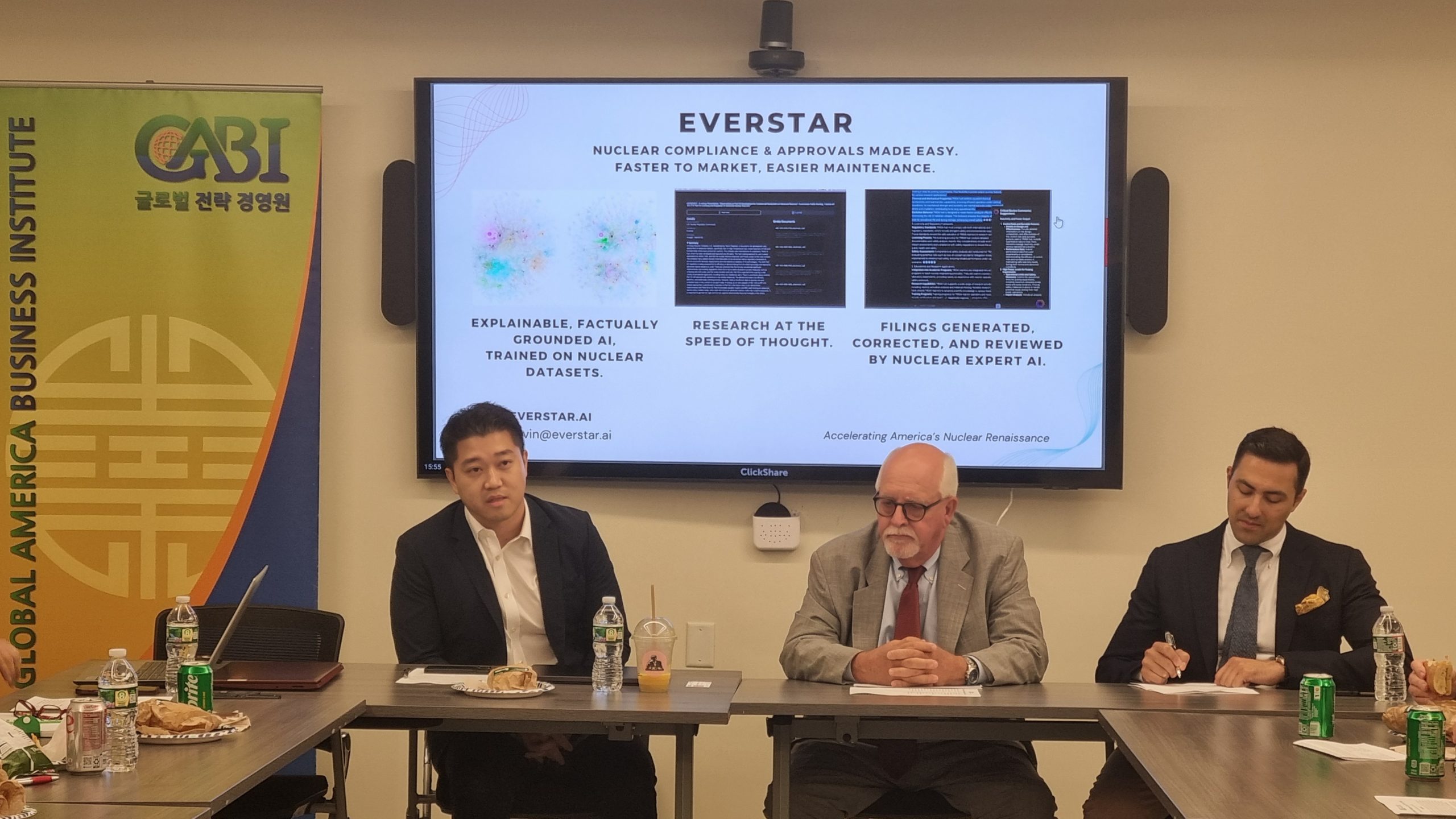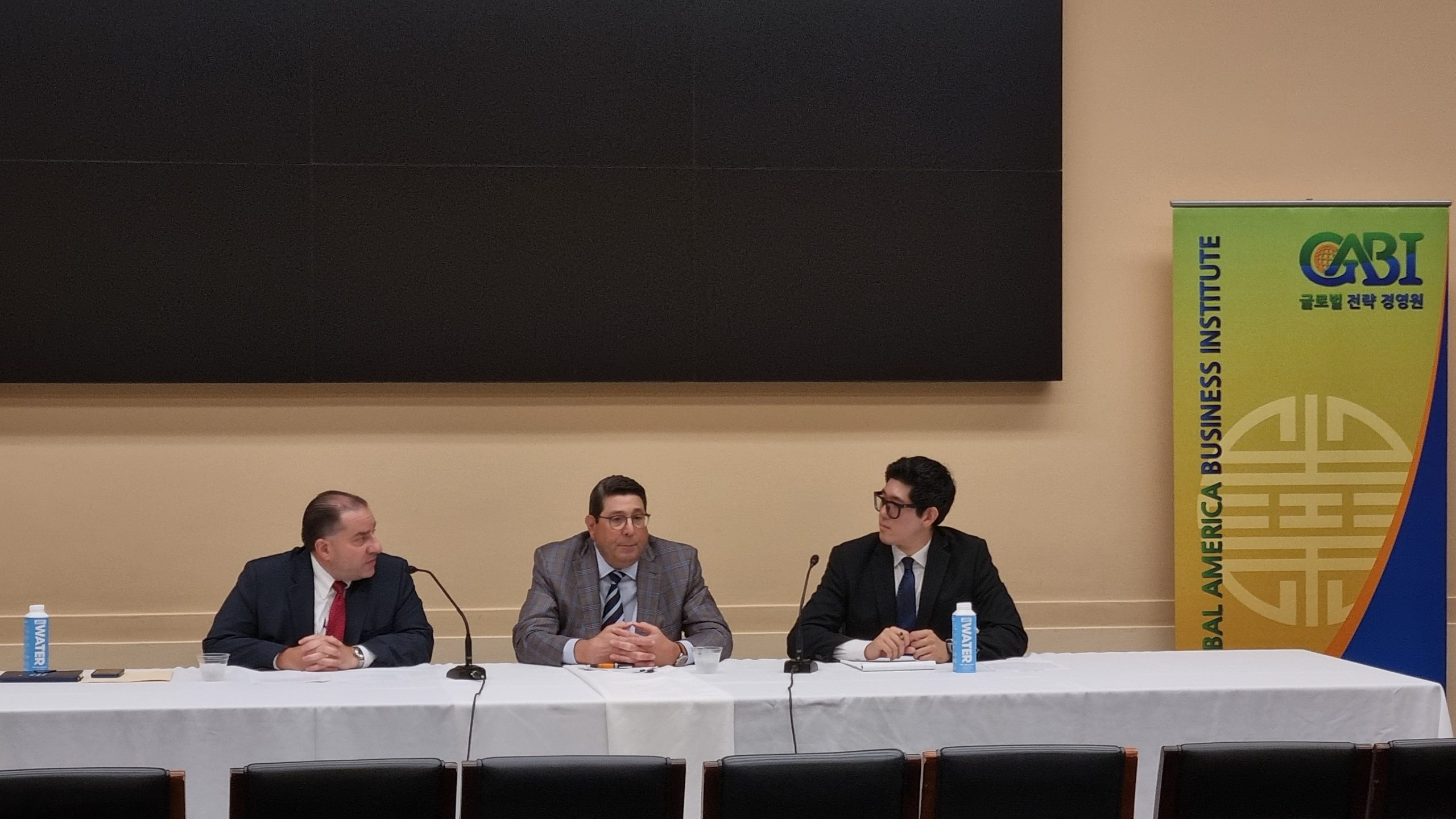Both the U.S. and Korea have faced significant issues in achieving progress on spent nuclear fuel and radioactive waste management. Although Korea recently opened a low-and-intermediate level waste facility at Gyeongju, it did so at a significant cost, and urgency remains in finding an ultimate strategy for the management of commercial spent fuel. In the U.S., while the release of the Blue Ribbon Commission report stimulated discussions on nuclear waste management both on Capitol Hill and within the federal government, visible headway on this issue has been lacking, and uncertainties regarding the definition of consent-based approaches have complicated siting processes. Including the perspectives of the public and various stakeholders in discussions about siting will likely be key drivers in finding a solution. For instance, Korea has opted to change its formerly government-driven policy on repository siting to one that is more civilian-driven, manifested in recent discussions among public stakeholders that led to recommendations for the Korean government, among them: placing top priority on safety, relocation of spent nuclear fuel from temporary storage, and establishment of an SNF technology management corporation. In addition to public acceptance issues, technical factors—such as long-term stability of the geological environment—must also be considered. If reducing uncertainties regarding future environmental impact is desired, then technological solutions that abate the radiotoxicity and decay times of waste streams may be considered.

